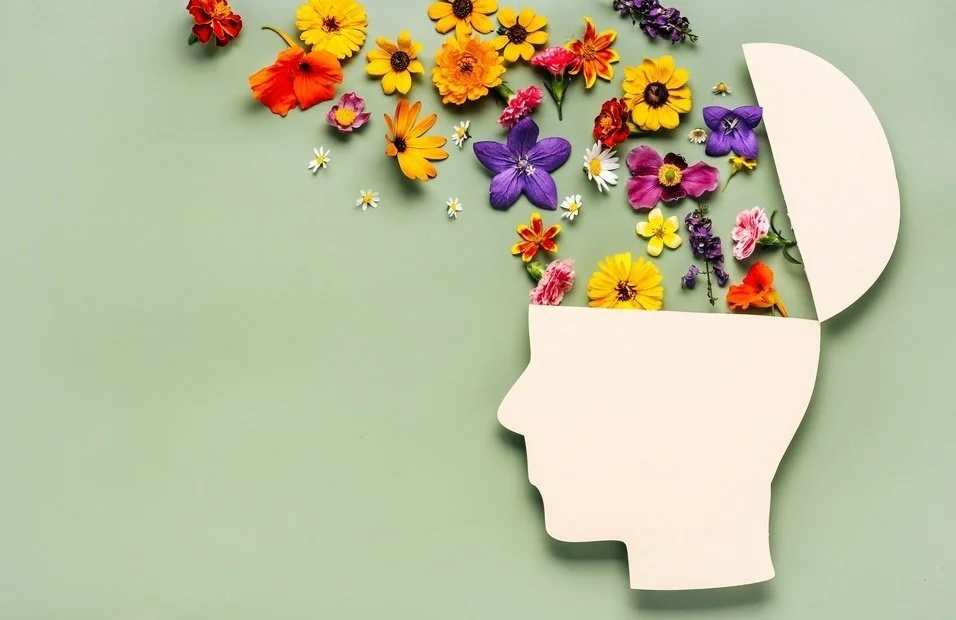Autism Awareness Month: A Guide to Parenting
It’s normal for parents to worry about their child’s future, especially parents to a child with autism. April is Autism Awareness Month, so let’s work to increase acceptance and destigmatize autism.
Raising a child with autism can be challenging and rewarding. It’s okay to seek guidance.
What is autism?
Autism Spectrum Disorder (ASD) is a developmental disorder that affects the nervous system. It is often characterized for difficulty with socialization and communication.
Children can be reliably diagnosed with ASD around age two. However, most often, children do not receive a diagnosis until much older. Delayed diagnosis’s mean that children with ASD won’t receive the necessary help they need while growing up.
Having an early ASD diagnosis allows children to receive the support and resources they need to reach their full potential.
Developmental Monitoring
Developmental monitoring is the process of a parent, grandparent or any influential adult monitoring a child’s early development. Parents can note whether their child is meeting typical developmental milestones in playing, behaving, learning, and communicating.
You can use this checklist from the CDC to monitor whether your child is meeting milestones. If you have concerns, you can bring them to your child’s health care team and receive guidance or a referral to a specialist.
After a diagnosis
1. Take a deep breath
It’s normal to feel overwhelmed after your child receives an ASD diagnosis. As a parent, you want nothing else for your child but a happy and healthy life. But having a child with ASD does not change who they are or what they can accomplish. Researchers have developed very effective programs for children with ASD that can help their communication and social skills. The sooner those practices start, the better.
2. Learn about ASD
There is a lot to learn about ASD, it is a big spectrum. Every person with ASD is unique and there is no one-size-fits-all representation of ASD. Learn about how ASD can affect your child’s development and the different aspects of their life. Common challenges for children with ASD involve social, emotional, and behavioral relationships and interactions.
3. Build a support system
The first few weeks or months can be stressful after receiving an ASD diagnosis. You may feel overwhelmed by the knowledge you don’t yet have. That’s why it’s important to build a strong support system. This will help you learn how to be an advocate for your child and help them navigate the world. Look online for local parent support groups or ask your healthcare professionals about advocacy groups. Build a network of trusted loved ones who will be able to watch your child so you and your partner can have some time to destress.
4. Create a structured environment
Structured environments and routines can be very beneficial to children with ASD. However, it is important to differentiate routines and rituals. Children with ASD can become obsessed with a toy or meal or item of clothing. Enabling those obsessions or rituals can encourage meltdowns when something unpredictable happens. Having an established routine can help your child throughout the day but make sure to leave room for unplanned events or new activities. Add extra time into your schedule for your child to adjust to small changes.
5. Listen without your ears
Learn to listen to your child without your ears. Even if your child is nonverbal, that doesn’t mean they aren’t communicate with you. Everything we do, even silence, is communicating. Learn to analyze their body language and their different cues, then it will become easier to interact and respond in their language.
Types of nonverbal communication can be pointing, drawing, gesturing, writing or physically directing someone towards the thing they want. There are different communication tools that can help your child interact, such as apps or voice output systems.
6. Don’t be afraid to try something new
There are a lot of types of therapy and resources for children with ASD, so don’t be afraid to try something new. There are a lot of exciting activities such as horse, art, play, or music therapy. Even if there isn’t a lot of research yet to back a new therapy or activities you’re putting your child in, if they are happy and successful in them, then keep it up. Recreation and leisure are an important part of a child’s development as well.
However, it’s important to look at a new support strategy with a skeptical eye and ask your doctor before you try anything new.
If you or someone you love is struggling with a ASD diagnosis or are looking for support in their parenting style, please reach out to us. Our team of therapists is here to provide support and guidance. We look forward to connecting with you.






